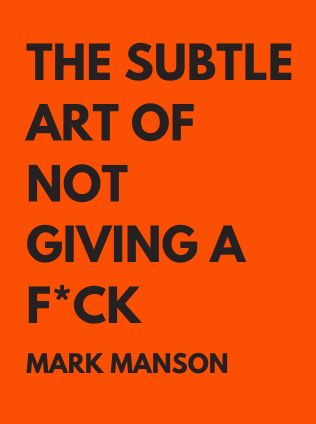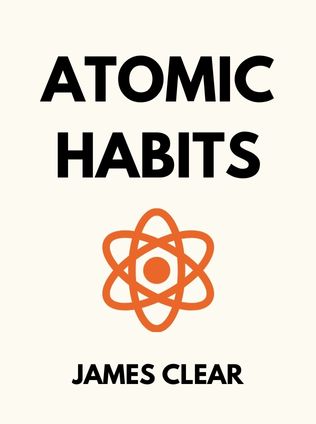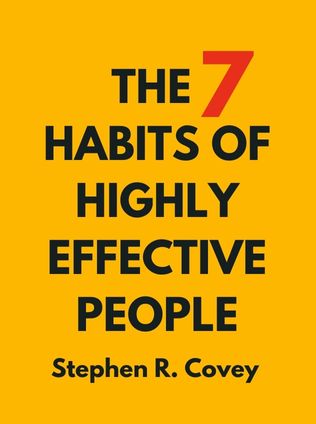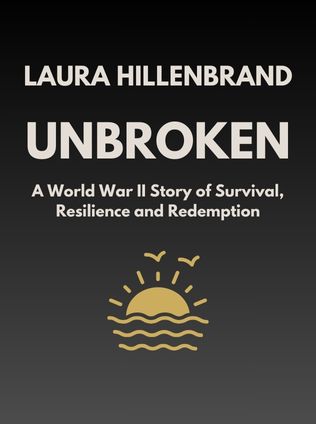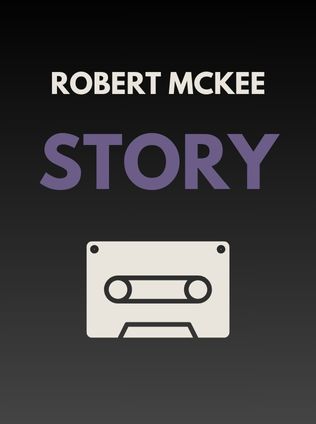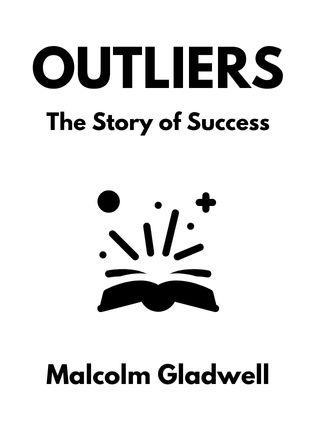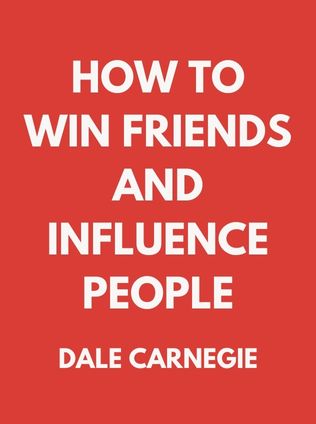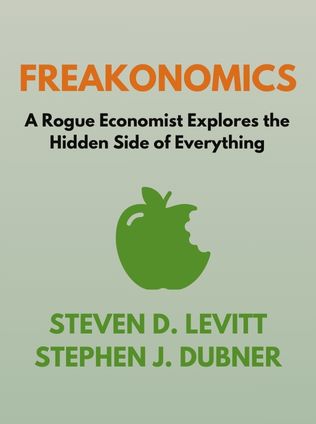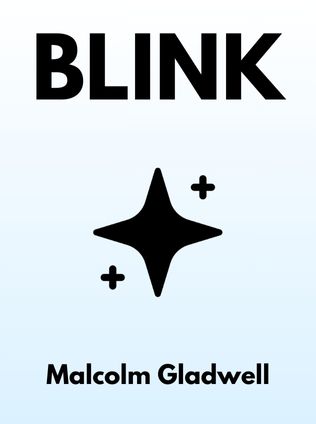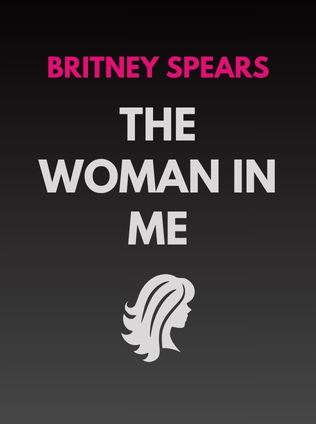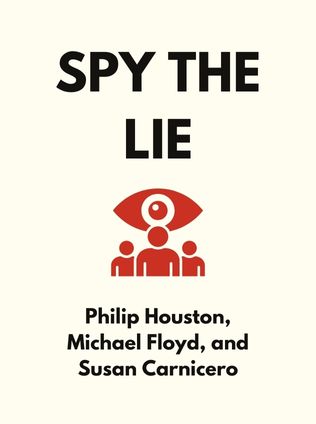
Spy the Lie
Former CIA Officers Teach You How to Detect Deception
By Philip Houston, Michael Floyd, and Susan Carnicero
Published 07/2012
About the Authors
"Spy the Lie" is the result of a collaboration between three former CIA officers—Philip Houston, Michael Floyd, and Susan Carnicero—and Don Tennant, a former NSA analyst. These authors bring decades of experience in national security, intelligence, and investigative techniques to the table. Each author has a unique perspective on deception detection, honed through years of interviewing informants, suspects, and applicants for sensitive positions.
Philip Houston is credited with developing the deception detection system at the heart of this book, a system that replicates the functionality of a polygraph without the need for equipment. Michael Floyd and Susan Carnicero, both of whom also worked extensively in the CIA, contributed to refining and applying this system in various high-stakes scenarios. Don Tennant, with his background in the NSA, adds depth to the analysis by incorporating his knowledge of behavioral analysis and counterintelligence.
The authors’ combined expertise offers readers a rare glimpse into the world of deception detection, a skill that is as much art as it is science. Their ability to distill complex psychological and behavioral concepts into practical advice makes "Spy the Lie" not just a guide for intelligence professionals but a valuable resource for anyone interested in understanding human behavior.
Main Idea
At its core, "Spy the Lie" is a manual for detecting deception. The authors argue that in a world where truth and lies are often intertwined, it is crucial to develop the skills to cut through misleading details and identify when someone is trying to deceive you. The book introduces a system designed to help anyone—from law enforcement officers to everyday individuals—spot the subtle signs of lying.
The system is based on years of fieldwork and research, focusing on the psychological and behavioral cues that often accompany deception. It is a tool that allows the reader to bypass human biases and focus on objective indicators of dishonesty. By following the authors' guidance, readers can learn to ask the right questions, observe crucial behaviors, and ultimately determine whether someone is telling the truth.
Table of Contents
- Introduction: Why You Need a System to Detect Deception
- Chapter 1: The Basics of the System
- Chapter 2: Step 1 - Ask Your Interviewee Questions
- Chapter 3: Step 2 - Listen and Watch For Signs of Deception
- Chapter 4: Verbal Signs of Deception
- Chapter 5: Behavioral Signs of Deception
- Chapter 6: Clusters - How to Confirm Deception
- Conclusion: Applying the System in Everyday Life
Introduction: Why You Need a System to Detect Deception
The book begins by challenging a common assumption: the belief that we can inherently tell when someone is lying. The authors point out that even intelligence professionals, with all their experience, cannot rely solely on intuition to detect deception. This is because humans are naturally biased toward believing others and because deception is often hidden within the truth. As the authors explain:
"Your inherent desire to believe others can make you miss or excuse signals of their deception." – Philip Houston, Michael Floyd, Susan Carnicero, Don Tennant
This is a critical point because it highlights the need for a systematic approach to detecting lies. By developing a structured method, as the authors propose, one can bypass these inherent biases and focus on objective indicators of deceit. The system they introduce is designed to help you navigate the complexities of human communication and discern the truth, even when it is obscured by layers of half-truths and omissions.
Chapter 1: The Basics of the System
The system outlined in "Spy the Lie" is based on the observation of both verbal and non-verbal cues that suggest deception. Philip Houston, who developed the system, likens it to a human polygraph. The key difference, however, is that this system does not rely on technological equipment but rather on the interviewer’s ability to detect subtle behavioral cues.
Sign up for FREE and get access to 1,400+ books summaries.
You May Also Like
The Subtle Art of Not Giving a F*ck
A Counterintuitive Approach to Living a Good Life
By Mark MansonRich Dad Poor Dad
What the Rich Teach Their Kids About Money - That the Poor and Middle Class Do Not!
By Robert T. KiyosakiHow To Win Friends and Influence People
The All-Time Classic Manual Of People Skills
By Dale CarnegieFreakonomics
A Rogue Economist Explores the Hidden Side of Everything
By Steven D. Levitt and Stephen J. Dubner

